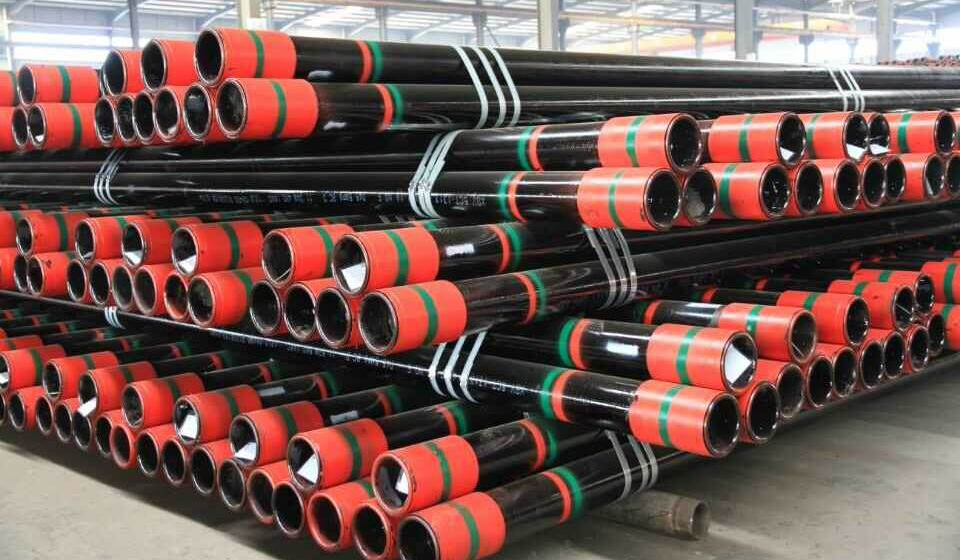
ADTO News
What are the Different Types of OCTG Pipe?
OCTG is the acronym for Oil Country Tubular Goods. OCTG is the tube and pipe which is used in the production of oil and gas. OCTG is a wide range of steel tubular products which are used in the exploration, development, and production, of oil and gas, particularly in the drilling process.
There are four types of OCTG steel pipe listed as follows.

Casing:
Casing pipe is used for lining the borehole which has been dug into the ground for procuring oil or gas and stabilizing it. A casing pipe is subject to axial tensions and high internal pressures which are generated while pumping oil or gas. They also have to bear the external pressures arising from the surrounding rocks underground.
OCTG casing is a large diameter pipe that needs to be cemented into the borehole. The diameters of OCTG casing pipes range from 4.5″ to 20″. The pipe is well-cemented and stands strong, it acts as the structural component of the well and offers hole integrity. The casing prevents the well from collapsing when the drilling process is on. The well-cemented casing should last the life of the well.
Tubing:
A tubing pipe is a pipe that is placed inside the wellbore through the casing pipe. It is responsible for the transportation of hydrocarbons to the surface.
Tubing pipe is used for transporting natural gas or crude oil after the drilling is complete. It transports the gas and oil to the facilities for further processing. Similar to the drill pipe and casing, tubing pipe also has to withstand high pressure during the extraction process, and hence they are required to meet industry standards. Tubing pipes are available in various sizes ranging from 1 1/4” to 4.5”.
The tubing protects the casing from wear and tear caused by corrosive fluids, sand, paraffin, and more. In case of damage or breakage, the tubing pipe can be easily replaced.
Line Pipe:
Line pipe is very strong carbon steel pipes that are used for the transportation of various petroleum products, natural gas, oil, and water.
API 5L is a specification of the American Petroleum Institute which regulates and defines the standard for the dimension, physical, mechanical, and chemical properties of the steel used for the manufacturing of line pipe.
Numerous pipe manufacturing companies across the globe follow the API 5L guidelines for the OCTG line pipe used in the Oil and Gas industry. OCTG line pipe is available in a wide range of diameter sizes ranging from 2 inches to 48 inches.
Drill pipe:
A drill pipe is a hardwearing seamless pipe that is rotated in order to circulate the drilling fluid. This pipe is useful for pumping back the drilling fluid back up the annulus. The annulus is the space in the oil well between the casing and the piping. Easy circulation of the fluid within the well is possible because of the Annulus.
The drill pipe is subject to axial tension since high torque is required for rotating the down-hole assembly and drilling the fluid and circulating it. The OCTG drill pipe needs to be extremely strong as they have to bear a high amount of stress underground. The drill pipe is used at the drilling rigs and they are available in different sizes and different qualities. OCTG drill pipe needs to be sturdy and meet the standards of API 5DP and API SPEC 7-1.


 Live Chat
Live Chat
